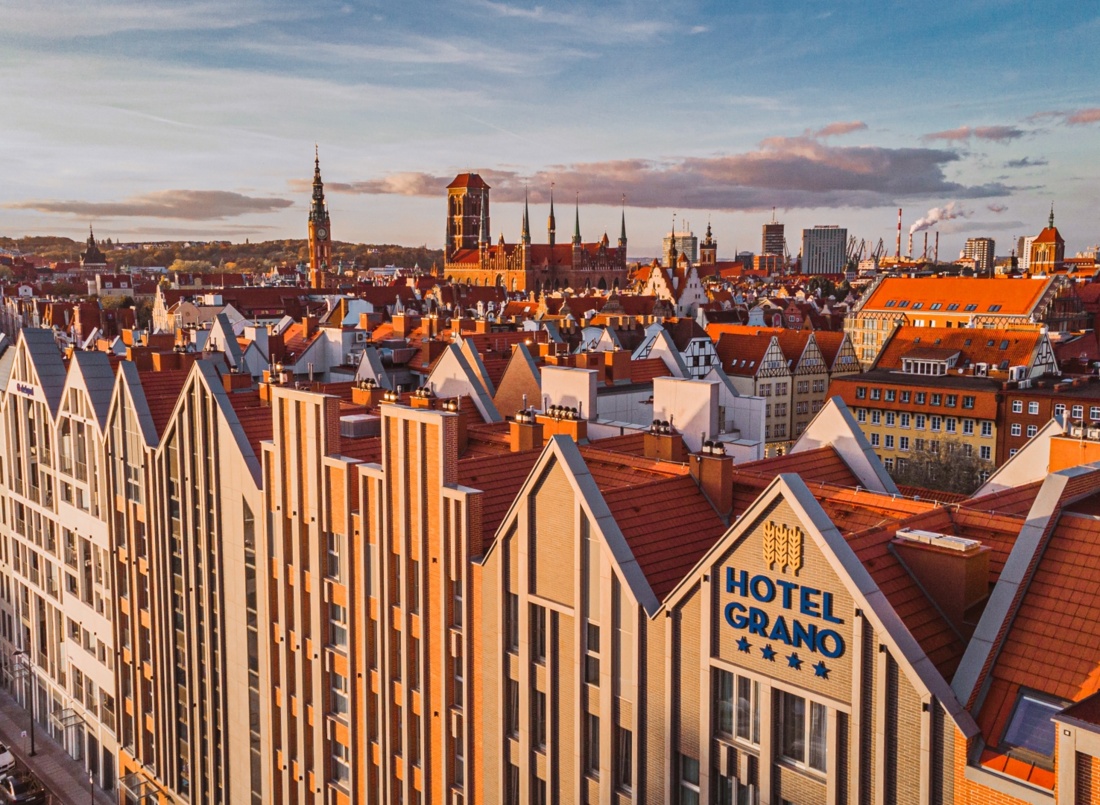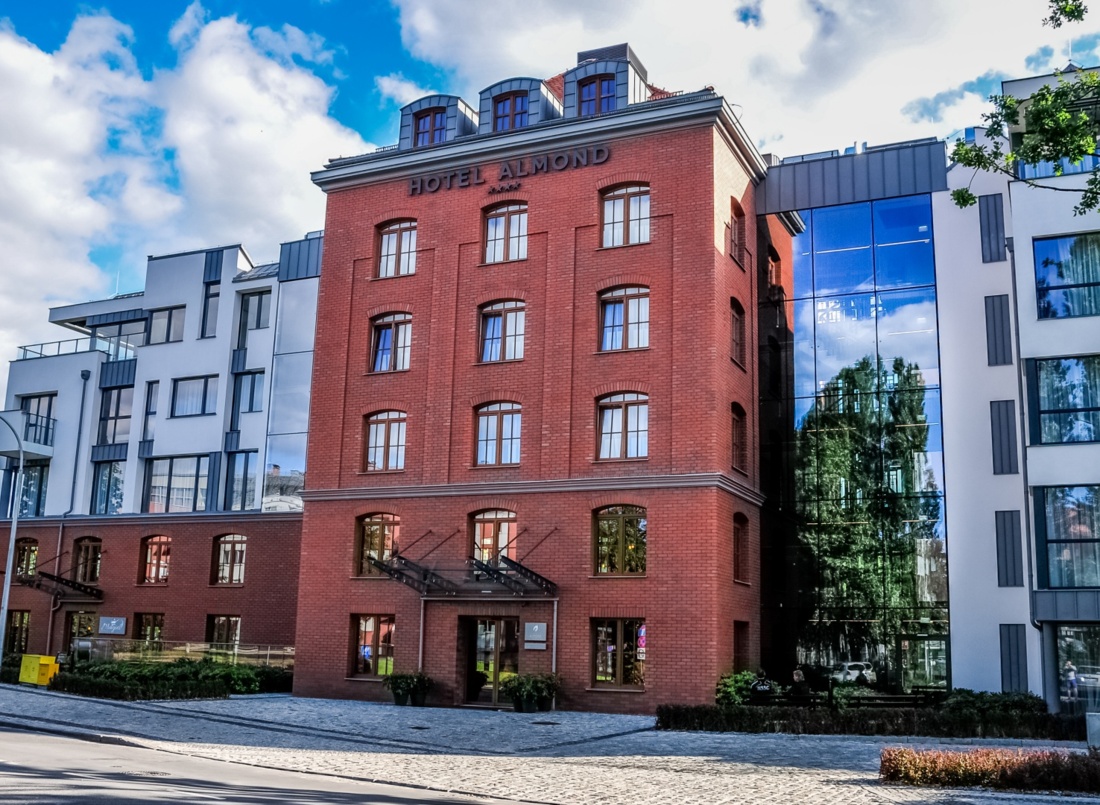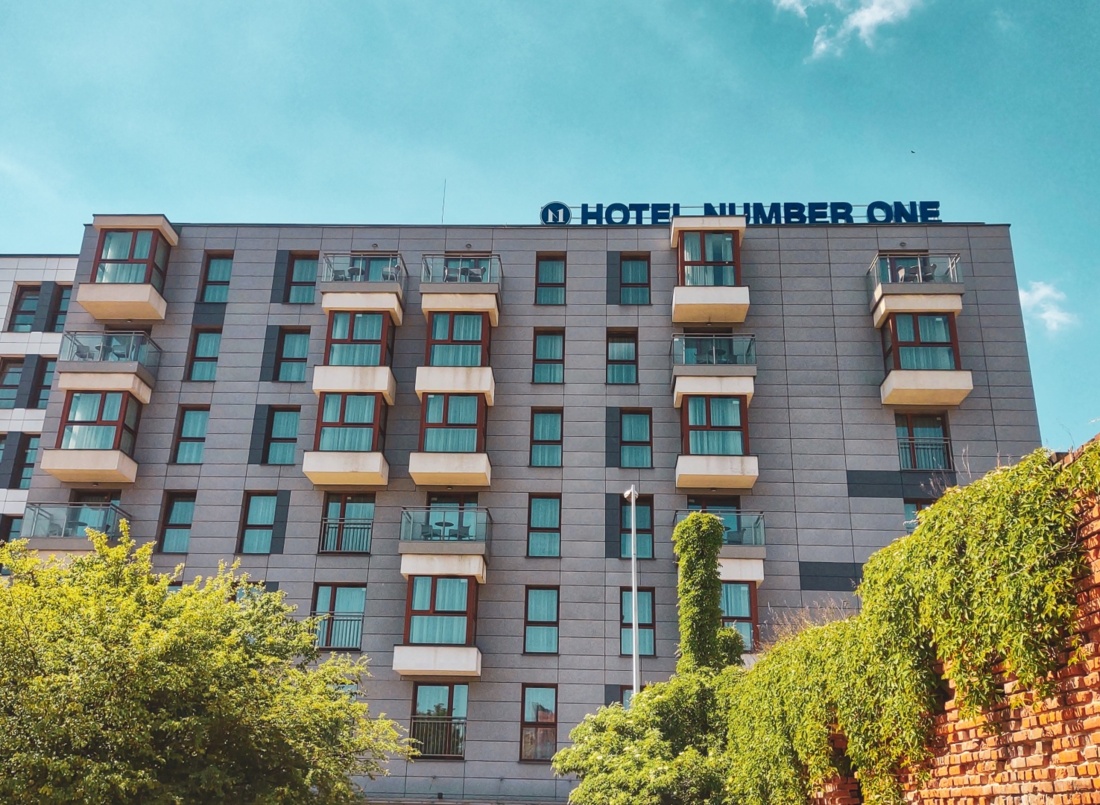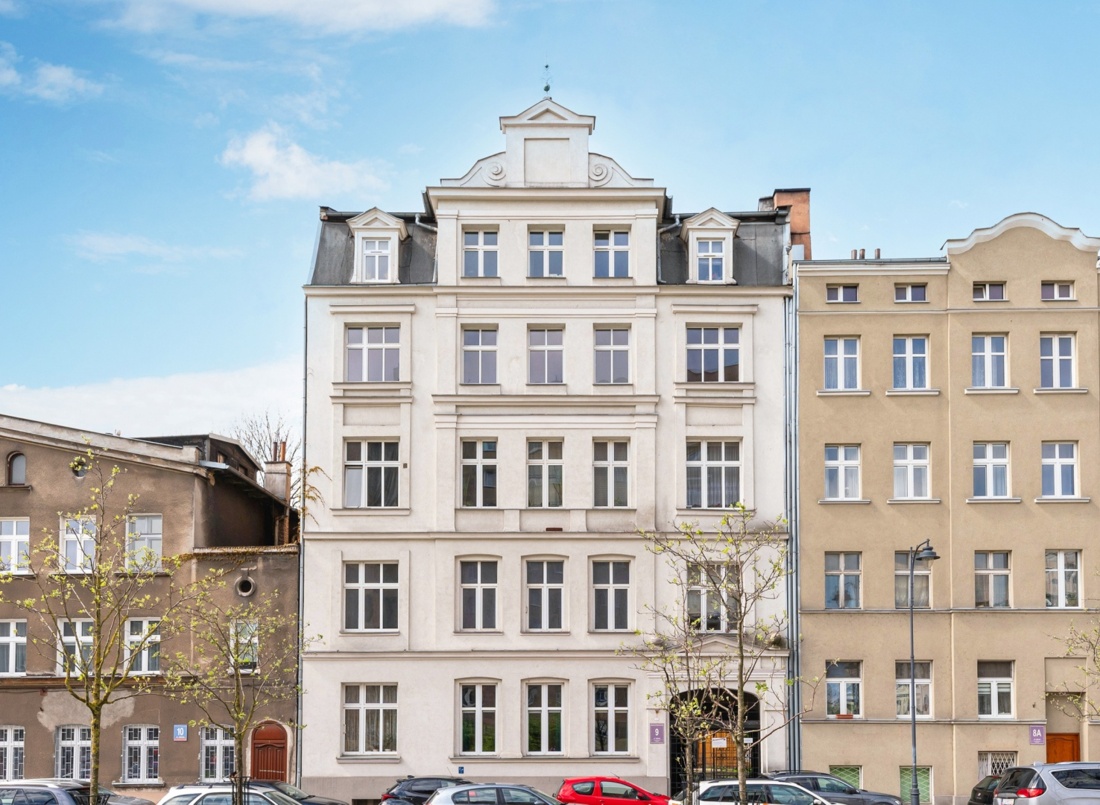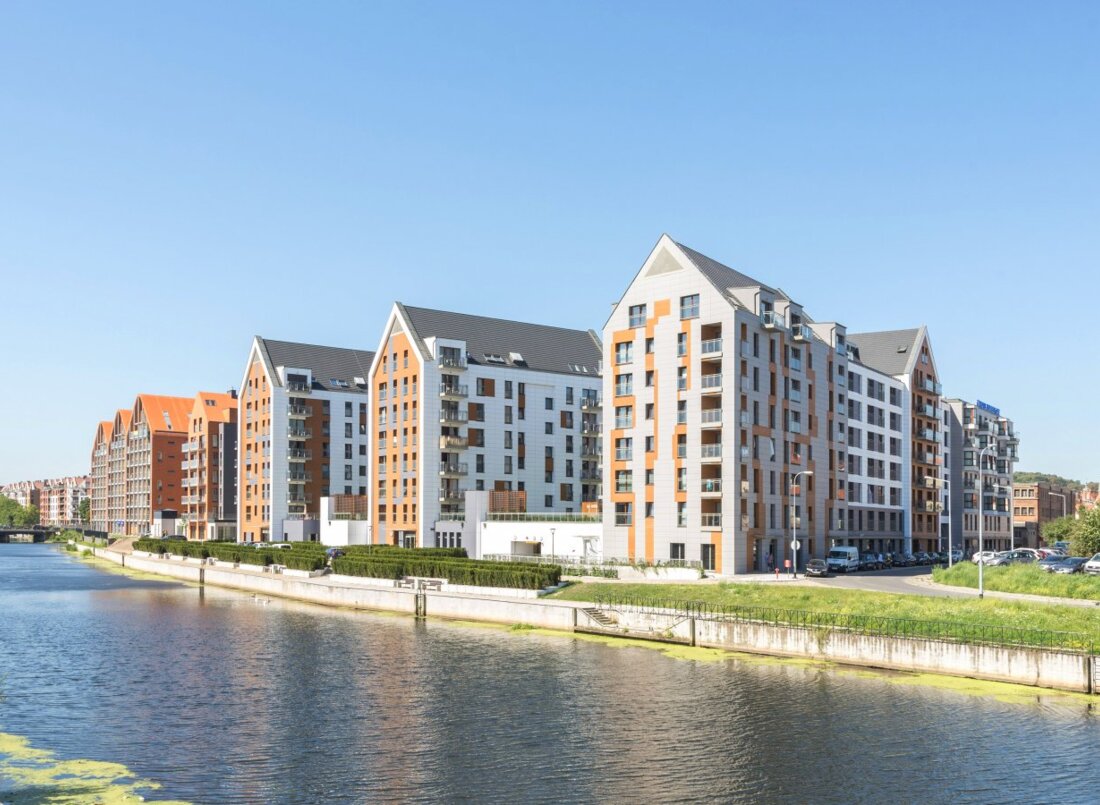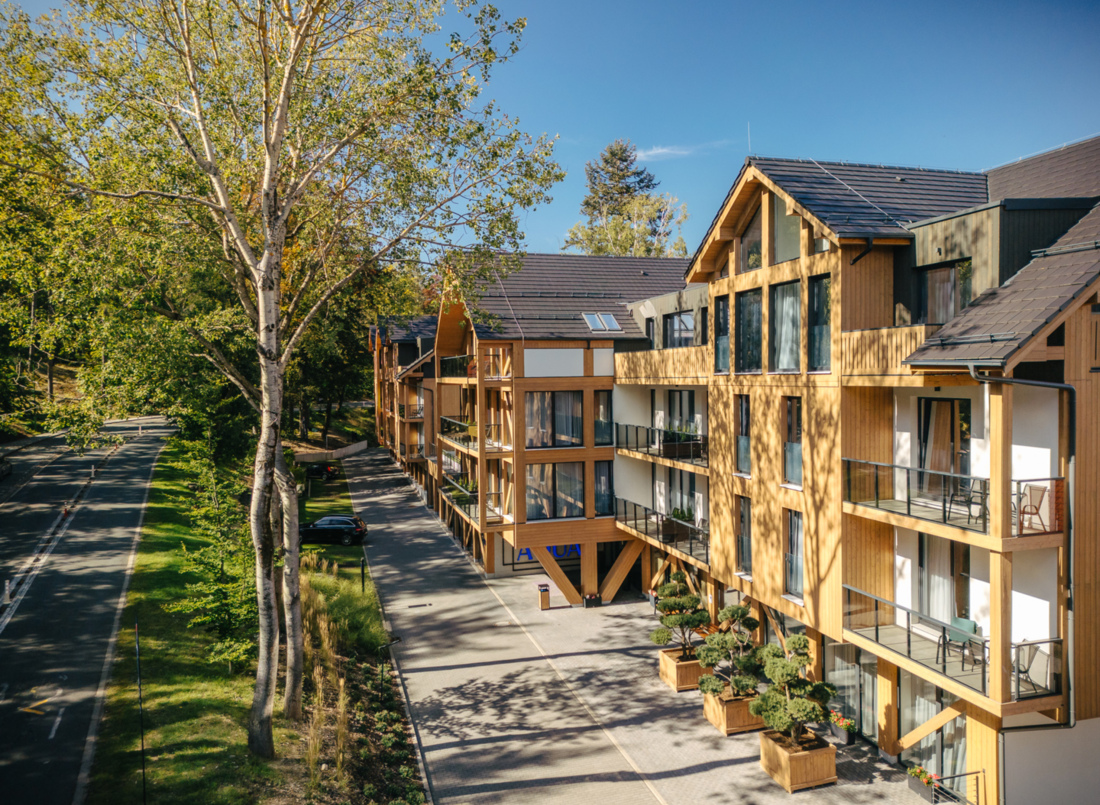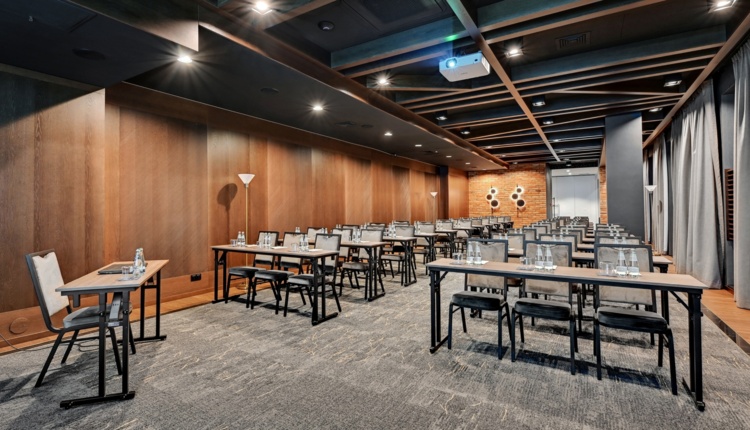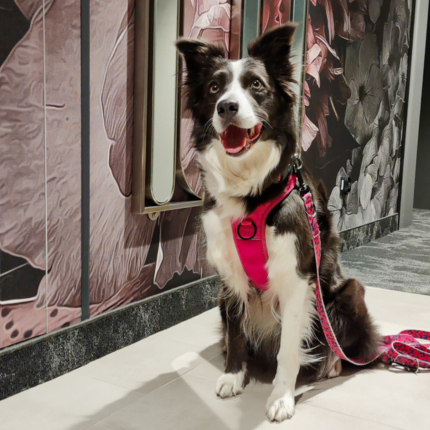

- Gdańsk
- Grano Flats

- Gdańsk
- Sobieszewo
- Sztutowo
-
- Grano Apartments

- Gdańsk
-
- Sobieszewo
- Grano Hotel Solmarina ****

- Sobieszewo
-
- Grano Flats

- Sobieszewo
-
- Grano Apartments

- Sobieszewo
-
-
- Szutowo
- Grano Flats

- Szutowo
-
-
- szklarska poręba
- Rezydencja AQUA by Grano Szklarska Poręba

- Szklarska Poręba
-
-
- Ustronie Morskie
- Grano Aparthotel Ustronie Morskie

- Ustronie Morskie
-
-

Hotel Grano
Gdańsk old town - the best hotel in Gdańsk city center
It is worth booking through our website
Lowest price guarantee
Attractive stay packages
Individual customer service
Free wifi on the premises
Secure payments
13% discount on your next stay
50% discount on parking with direct booking
10% discount on SPA
10% discount on gastronomy
Wine discounts up to 50%
20% discount on bookings in the app
Manage your booking in the app
Mobile access to invoices and settlements

Offers
special

Rooms

Single

Classic Room Double

Classic Room Twin

Classic Family

Superior Double

Superior Twin

Studio Double

Studio Twin

Studio Deluxe

Junior Suite

Apartment
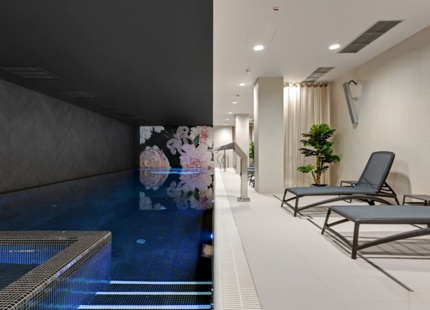

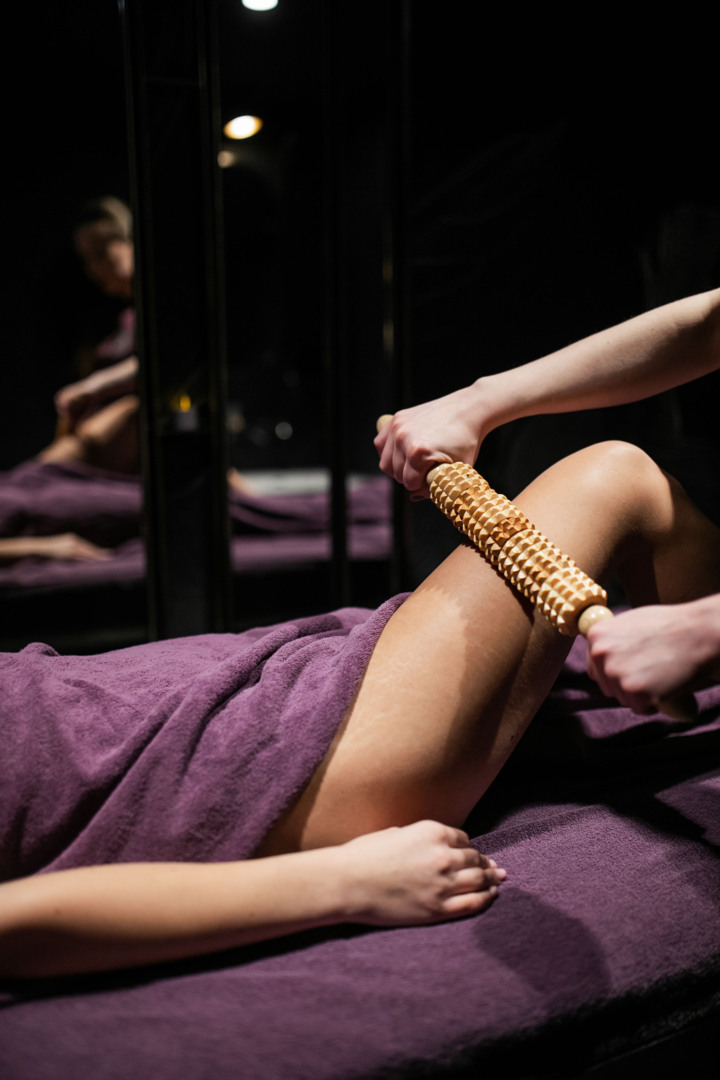
grano spa & wellness
The SPA zone is a space created for relaxation. Here, guests can experience tranquility after an intense day of work or simply come to our oasis of peace and find a moment for themselves. The predominant motif of the interiors in our hotel is flowers. This design will also accompany you in the SPA. We believe that being in touch with nature promotes relaxing moments for the soul and body.




Mill Restaurant
Regular connoisseurs of traditional dishes will find many surprises here. The chef has taken care to serve you traditional Polish cuisine in a new, original version. Familiarize yourself with the chef's signature menu and let your taste buds be surprised!


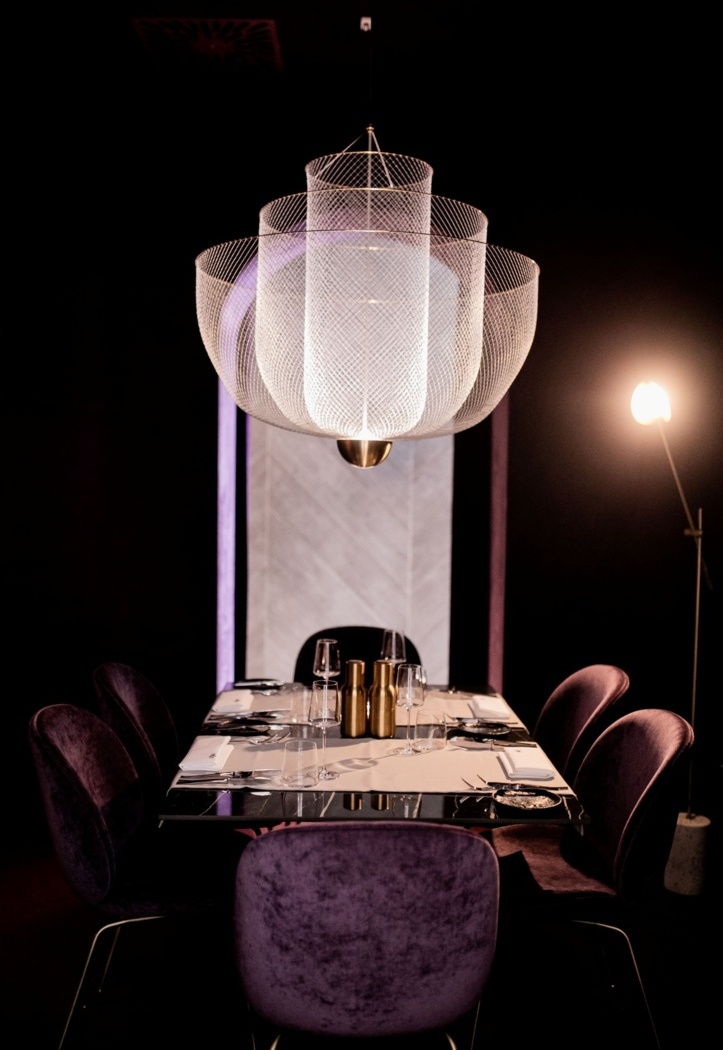

Discover our application
Attractive offers, quick booking, and a range of benefits await you in the app. Download the Grano Hotels app and receive a 20% discount on your next booking!


Sign up for the newsletter
In order to provide services at the highest level, the Website uses cookies saved in the browser's memory. Detailed information about the purpose of their use, including processing of user activity data and advertising personalization, as well as the possibility to change cookie settings, can be found in the Privacy Policy. By clicking ACCEPT ALL, you consent to the use of technologies such as cookies and to the processing by CAM PSZENNA SPÓŁKA Z OGRANICZONĄ ODPOWIEDZIALNOŚCIĄ, Gajowa 31B, 83-251, Pinczyn, of your personal data collected on the Internet, such as IP addresses and cookie identifiers, for analytical and marketing purposes (including automated ad targeting, measuring their effectiveness, and processing user data for analytical purposes). You can change cookie settings and detailed consent preferences in .


